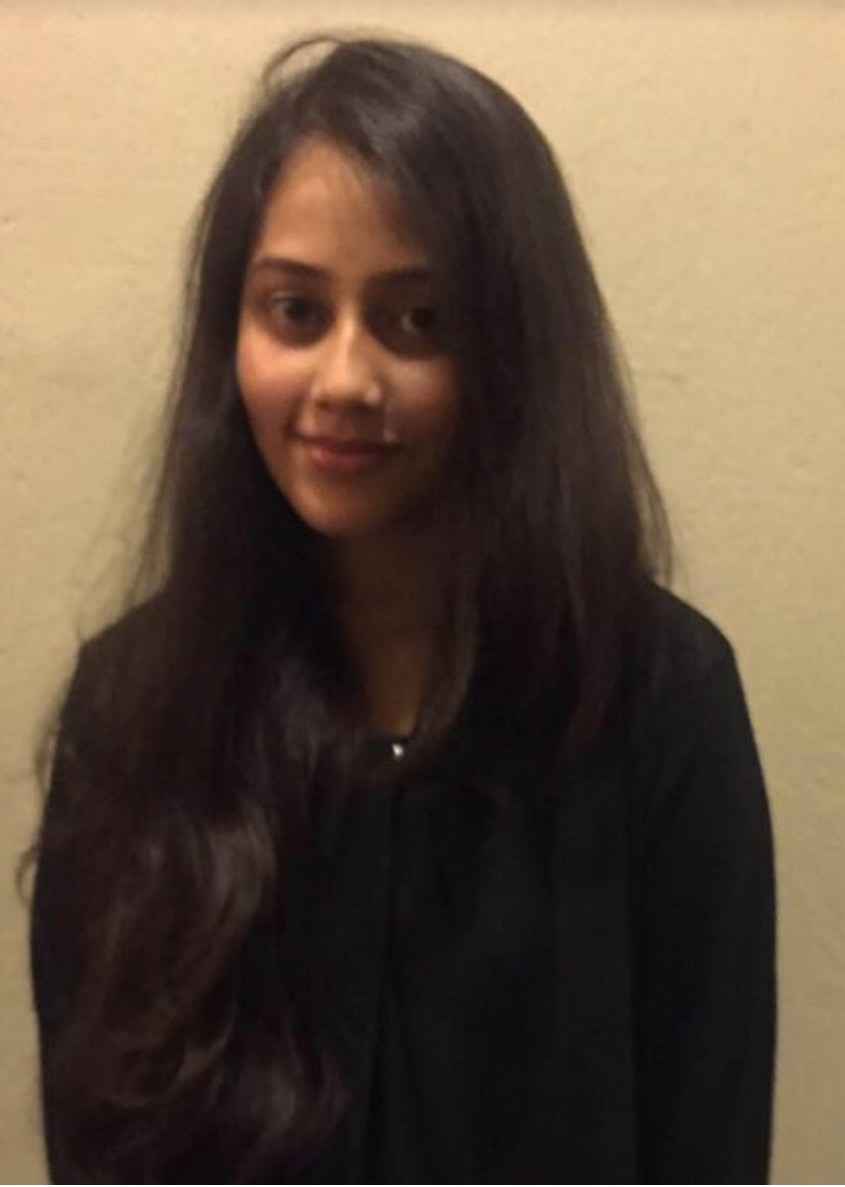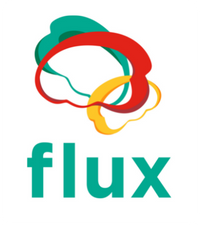Eric Feczko’s fascination with science began from a very young age. “I kind of knew that I was different from other people,” he admitted. He had had conversations with his father about his autism when he was around 12 or 13 years of age, after his diagnosis came in. At the same time, he had harbored a fascination with science – particularly nanotechnology, or miniaturization to tackle larger-scale issues. But then, one morning – “I was coming downstairs for breakfast, and my dad said to me something along the lines of ‘Eric, you could study the brain instead of nanotechnology – in a way that would be like studying yourself’.”
At the time, it was just a thought – but the sentence soon sparked his genuine interest in researching the brain. “I happened to be lucky in that while I was graduating from high school, there was a family friend of ours who … offered me a spot to volunteer with brain imaging,” Eric revealed. With his background in math and science it was easy for him to get started, and he was working in an imaging lab by the time he was 18. This was around the time when Freesurfer (a popular package for the analysis and visualization of neuroimaging data) was fairly young, around 5 years old. At that time, there was no automatic segmentation algorithm, and Eric started his journey with neuroimaging by learning to segment regions of the brain by hand.
As a young scientist, Eric also worked on “a straightforward experiment looking at how autistic people perceive faces differently.” His team found, contrary to what most prior studies had suggested, that those with autism had intact fusiform face area (FFA; the brain region thought to be associated with facial recognition) activation. It seemed that the lower activation of this region that had been observed in previous studies could have resulted from other factors – such as the decreased amount of time those with autism spent paying attention to the eye region. In other words, those with autism had intact FFA activity, but had different patterns of looking at faces. This was Eric’s first foray into thinking about how individuals differ from one another and how it can affect our interpretations of scientific findings. Eric continued studying the brain, pursuing a B.S in neuroscience at Brandeis University, and obtaining his Ph.D in neuroscience from Washington University in St. Louis. After holding a postdoctoral position at Emory University, where he studied social and visual development in non-human primates, he pivoted towards data science in a postdoctoral position at Oregon Health and Sciences University.
“My research interests originally centered around trying to understand what autism is – but I realized my fundamental premise is likely wrong about there being a central tendency of autism and a paradigm of what it means.” Eric realized, over his research career, that there was no one process that could link together the hodge-podge of variations and differences in humanity. “Environmental, social, and political factors lend themselves to that type of diagnosis - the way that our society functions, we identify people that are outliers from a productivity standpoint and try to find ways in which we can improve that – which is probably wrong from a moral and ethical standpoint.” Instead, Eric chose to shift his focus to the data which scientific conclusions are drawn from. Currently, he is an Assistant Professor at the University of Minnesota, exploring heterogeneity among individuals. Recent work of his includes subtyping heterogeneous disorders using machine learning approaches requiring large amounts of training data. Recent work of his also studies how different causal mechanisms may relate to the same disorder, while multiple outcomes of interest can occur within one individual.
Eric can often be seen at conferences, performing flow art for delighted scientists. “Flow art was something I used to do when I was younger – a subspace between martial arts, dancing, juggling and circus arts.” Flow art is something that helps ground Eric, who was also trained as a Chinese lion dancer. During the pandemic, it was a coping mechanism. Now, it makes him a happier scientist.
“I probably sleep less now than in my post doc – but I feel more refreshed. Because a purely scientific endeavor is way too draining. A lot of the work that we do as scientists is very abstract – a tangible value in something you’re producing is hard to find. You don’t see results immediately.” Eric also touched upon demoralization scientists face, adding that a hobby or some form of activity that produces tangible results is commonplace for many, as well as a grounding factor in their lives. Having an activity where scientists are able to produce something “brings … value back.”
Eric also predicts a scientific future which looks very different from the environment in which he became a scientist - one which was permeated by a fear of being “scooped”. The resulting culture of secrecy and unethical behavior emerged out of fear. Now, however, “Scientists are required to be trained in how we work with other scientists.” Neuroscience has transitioned from a field of small-scale studies done in single laboratories to larger collectives and consortia of datasets. As the demand for larger datasets (to ensure higher reliability and validity) has increased, so has the need for collaborating with more scientists to collect more data. The ability to communicate effectively may prove to be as important as technical skills for scientists of the future. As a result, Eric foresees an increasing competition between agency and autonomy: “The methods and tools that we’re learning are going to be of sufficient complexity that no one person can have complete agency over how to answer a question. Scientists that are growing up in this new culture have to learn how to collaborate effectively.”
Conferences may be an important part of this collaborative future. “They serve the fundamental need for collaborating and inspiring,” Eric shared, likening the inspiration scientists gain from conferences to the euphoria that “ravers at a festival” might feel. “All of these folks coming together as a collective unit is where the field is going, in a way that you can’t see if you’re looking at it from the echo chamber of your own lab/institution.” When scientists come back from conferences, their inspiration should infuse their work, allowing them to explore their research from new angles. Conferences are one of the few opportunities to branch out – to speak with those who have different perspectives and to build effective networks to collaborate within - they present the opportunity to interact with a heterogeneous group of scientists, resulting in a more well-rounded approach towards one’s own research.
Eric’s advice for future trainees is to “Find the people that are going to help you flourish as a person, so you can make better decisions later.” While conferences might be a good place to meet such mentors, Eric also laid heavy emphasis on the word “later” and elaborated on its implications. “Everybody has scientific questions they want to answer - that’s why they do a scientific career. Instead of focusing on answering your question as soon as possible, take the time through your Ph.D. and post doc, and focus on the environment and people that are going to teach you the skills you need to succeed.” Most research questions would be answerable not over the course of a single study, but over a couple of decades. Trainees may answer their big scientific questions with time, but each training stage only comes around once. The most important thing for a trainee should be to cherish the lessons learnt from people met along the way.
Author

Kahini Mehta
Neuroimaging Analyst, University of Pennsylvania
